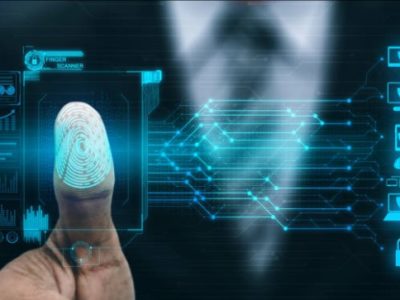In today’s connected world, it is a matter of when rather than if you will experience someone trying to hack you. With cybercriminals becoming more sophisticated in their attempts, it is possible that at some point or another you may interact with a scammer or click on a phishing link.
RELATED: Kaspersky warns of Android malware exhibiting diverse features
As prevention is always better than cure, Kaspersky experts share several tips on what steps you should take to avoid being hacked when you notice potentially suspicious activity.
- Do not give any more information
This is the most important rule. If something feels ‘off’ about a website you are led to after clicking a link, asking for your name, email, phone number, or bank card information, close it immediately. If you are talking to someone on the phone, and the conversation seems even just a little strange, hang up immediately and do not answer if they call back. And if you are communicating through video conferencing tools, end the meeting and close the application.
- Disconnect your device from the Internet
This is essential if you have installed any applications at someone’s request, or someone’s done something on your computer using remote control tools. If this has happened, chances are that malware has been installed on your computer or smartphone. To prevent cybercriminals from controlling your device remotely, disconnect the device from the Internet by turning off Wi-Fi and your mobile data or unplug the ethernet cable of your computer. See Step 6 below for further actions.
- Put yourself in the hacker’s shoes
If you already have visited a suspicious website or talked on the phone, try to remember any information you entered on the site or shared with the caller. Address and name? Phone number? Bank card number? Password or security code received in SMS? If you only shared your name, address, and phone number, no further action is required. Unfortunately, the situation is worse if you have shared more sensitive information, such as passwords, photos of personal documents, or banking information. If this has happened, follow Steps 4 and 5 as outlined below.
- Change your passwords
You must regularly change the passwords to all your accounts. However, when you have interacted with a hacker, it is vital to quickly log in to the service in question and change the password immediately. If you disconnected your device from the Internet, use another device rather than plugging in the potentially infected one. Do not hesitate to ask your friends or co-workers for help if you do not have another device. When accessing any services, enter the site address manually or open it through your browser bookmarks rather than clicking on links in emails.
- Contact your bank or service provider
If you provided bank card numbers or other financial information, contact the bank immediately. You can usually block cards through a dedicated hotline, as well as through a mobile app and your personal account on the website. For other types of data, such as bank account details, consult with specialists from the bank or online service about protective measures to take.
- Check your device
If you followed our advice and disconnected your device (computer or smartphone) from the Internet due to potential infection, thoroughly check it for malware or potentially unsafe software before reconnecting to the network. If you already have a comprehensive protection system installed, such as Kaspersky Premium, ensure that the protection databases have been updated recently and all protection and scanning technologies are enabled, and then run the deepest scan possible, applying settings that can detect not only malware but also potentially dangerous software such as remote control tools.
If your device does not have protection or if the protection databases are outdated, then use another device to download protection from the manufacturer’s official website. You can then transfer the installation files across using a USB flash drive or SD card.
- Check for any suspicious activity
After taking all the steps above, make sure that the hackers have not managed to do anything harmful with the potentially compromised accounts. If these are online stores or bank accounts, check your recent purchases. If you see any purchases that you did not make, try to cancel them by contacting the online store or your bank.
On social networks, check recent posts, new friends, photo album content, and so on. In messaging apps, check your recent chats to make sure no fraudulent messages were sent from your account.
Beyond these tips, below are a few precautionary measures you can take in advance:
- Protect your smartphone from potential theft or loss.
- Use unique passwords and two-factor authentication for every account. A password manager with a built-in authenticator will help you create new unique passwords and store both the passwords and the authentication tokens.
- Install a comprehensive security system on all your computers and smartphones. This will prevent most phishing and fraud attempts as well as unauthorised access and hijacking of your computer, neutralise viruses and malware, and repair your PC if it has already been infected.































